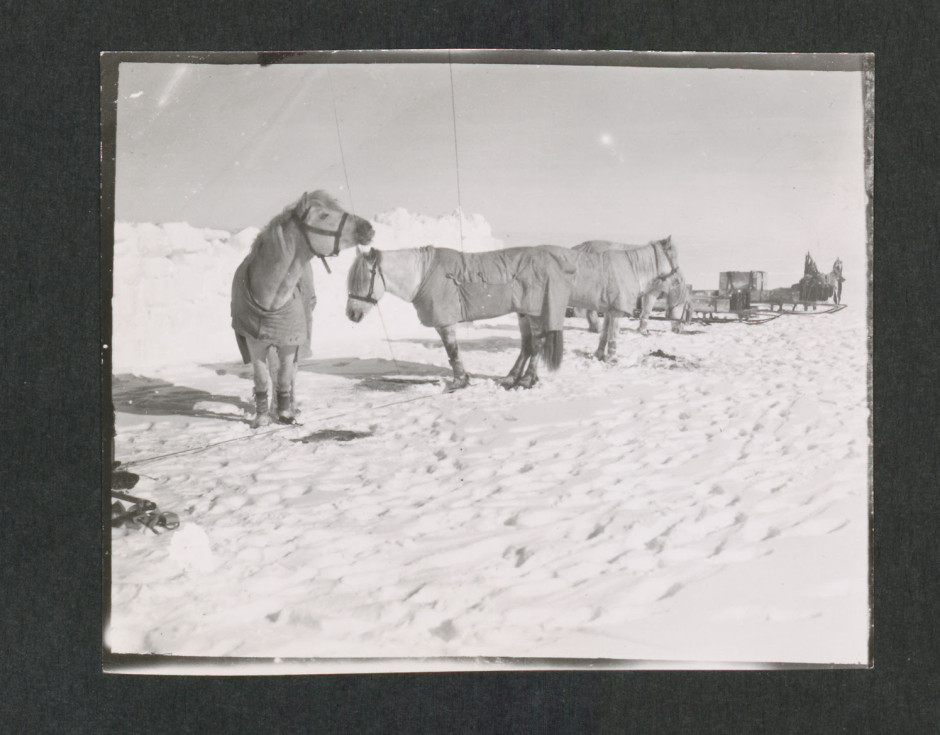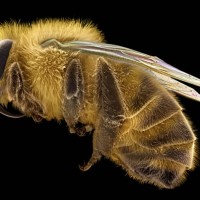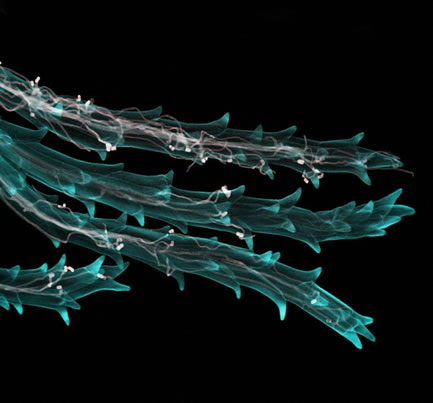Earlier this month we reported on the University of Cambridge's appeal to raise £275,000 before 25 March 2014 in order to secure a hoard of 113 negatives that record Captain RF Scott's earliest photographic experiments in Antarctica. The Scott Polar Research Institute in Cambridge already holds a significant collection of photographic materials accrued during Captain Scott's Antarctic expedition, but these negatives were seen as an important augmentation of the archive. Today, the University of Cambridge has announced it has successfully raised the necessary funds and the negatives will be joining Herbert Ponting's glass plate negatives and prints, prints made by other members of the expedition, and Scott's prints. In addition to public subscriptions and a grant from the V&A Purchase Grant fund, the National Heritage Memorial Fund (NHMF) has just awarded the Scott Polar Research Institute a grant of £233,450, which ensures that all the necessary funds have been raised to prevent an overseas sale of the neagtives.

Dame Jenny Abramsky, Chair of the NHMF, said, 'Captain Scott’s images provide us with an extraordinary insight into the rigours of his epic but ultimately doomed expedition. As precious as the corresponding original prints, these negatives record not only day-to-day life in the Antarctic but also the development of Scott’s photographic skills. The National Heritage Memorial Fund - the fund of last resort - is proud to be providing the final part of the funding jigsaw which will ensure these negatives are kept together as part of the Institute’s wider public collection.'
It's intended to mount an exhibition of the images following necessary restoration and a period of research, as well as digitising the material and making it more accessible to a worldwide audience.








